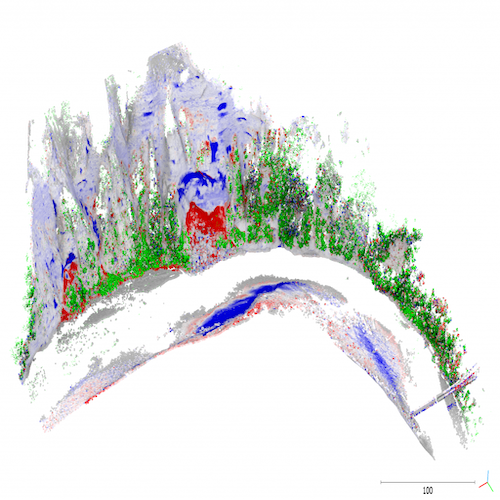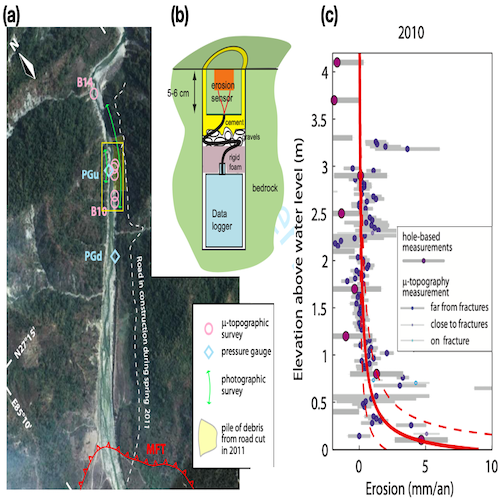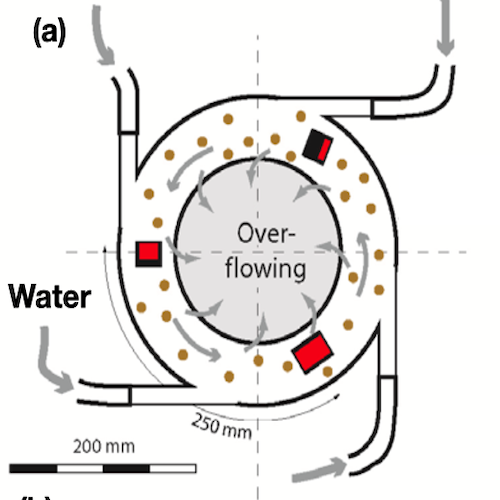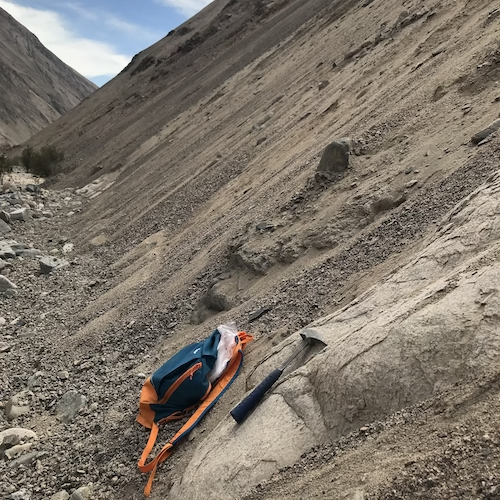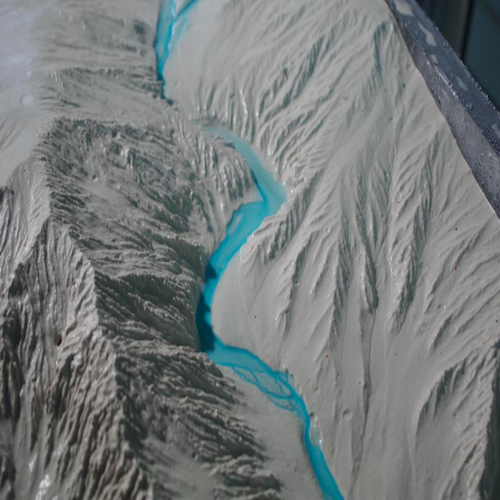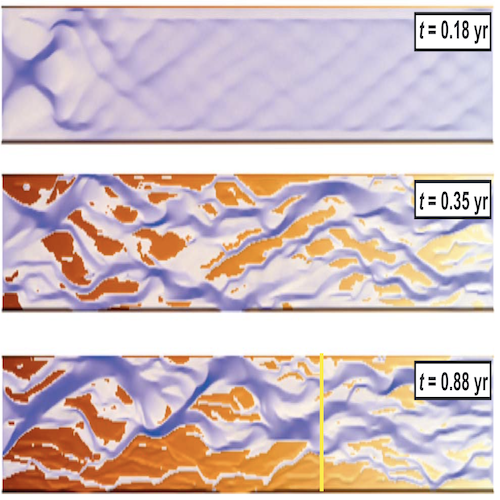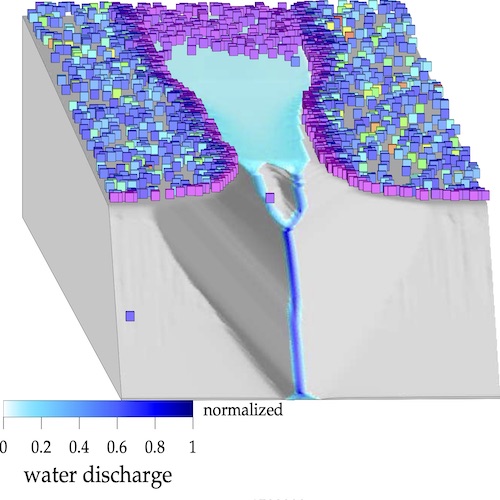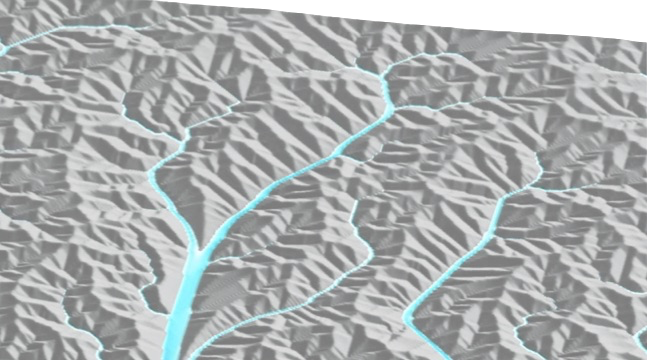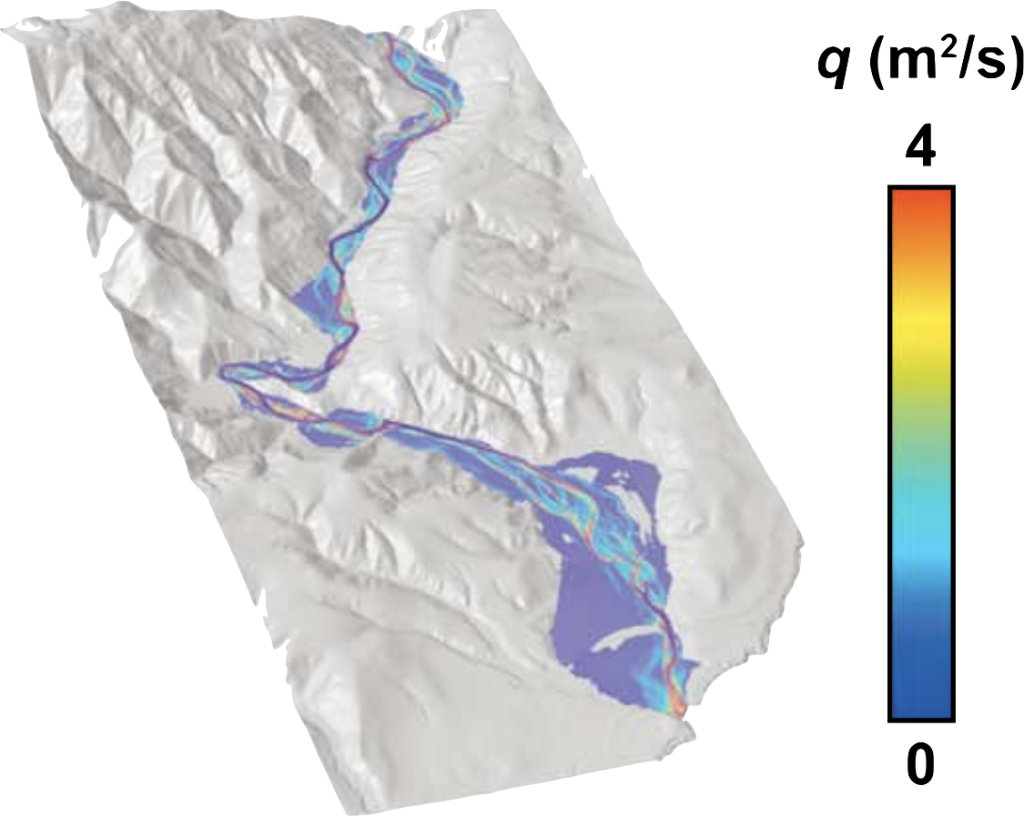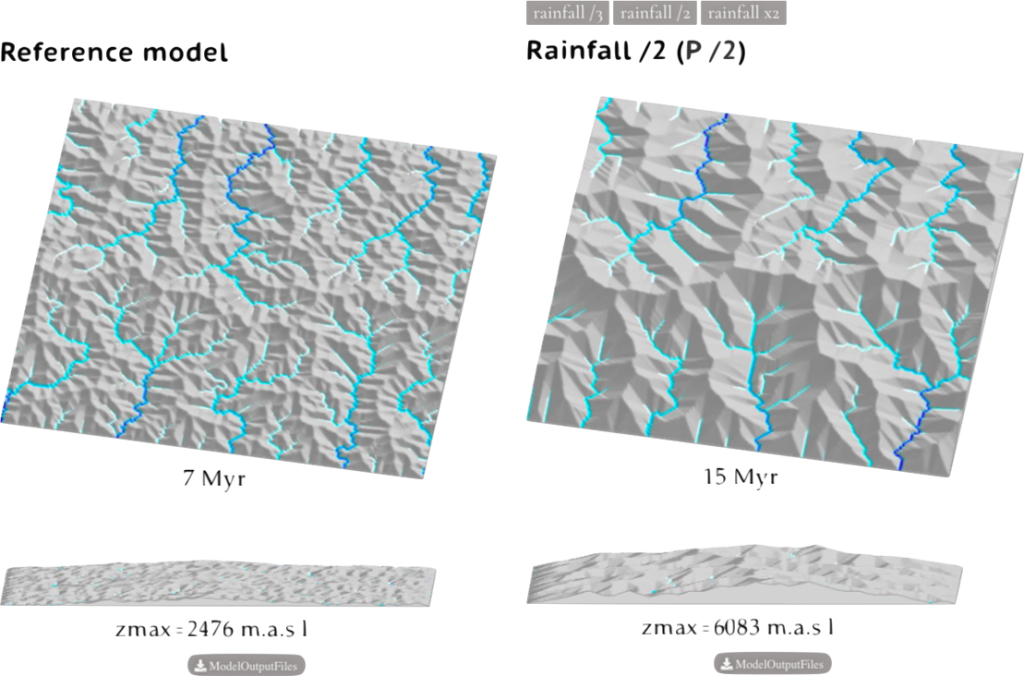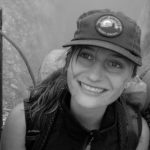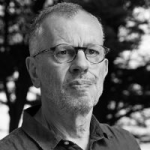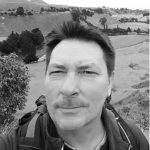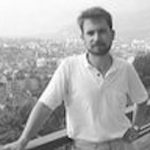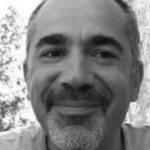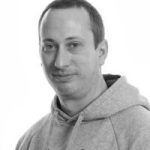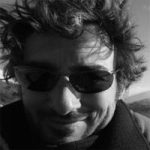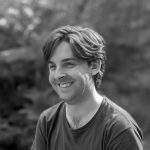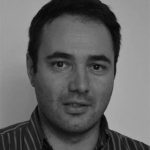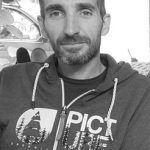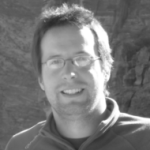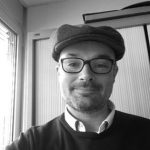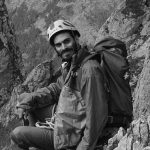WIVA
The Width of Valleys
A research project funded by ANR

2-years post-doc position at GET
5 Decembre 2023. Applications are invited for a Post-Doctoral Research Scientist position GET lab in Toulouse, under the supervision of S. Bonnet and S. Carretier, and under a co-supervision of D. Lague and P. Davy in Renne, France. The post-doctoral work will consist in quantifying and modelling recent lateral erosion of a meandering bedrock river (Rangitikei river, New Zealand), at a short (decadal) using 3D data from 14 Lidar surveys and intermediate (centennial to millennial) time-scales from river terraces. These data will be used to constrain law of lateral erosion and river widening using the River.lab numerical model.
contact stephane.bonnet@get.omp.eu
Sampling in Perú and Chile
7-19 Nov 2022. Sampling valley flanks in Perú and Chile for 10Be in the frame of Chloé Valenti’s PhD at GET Toulouse.
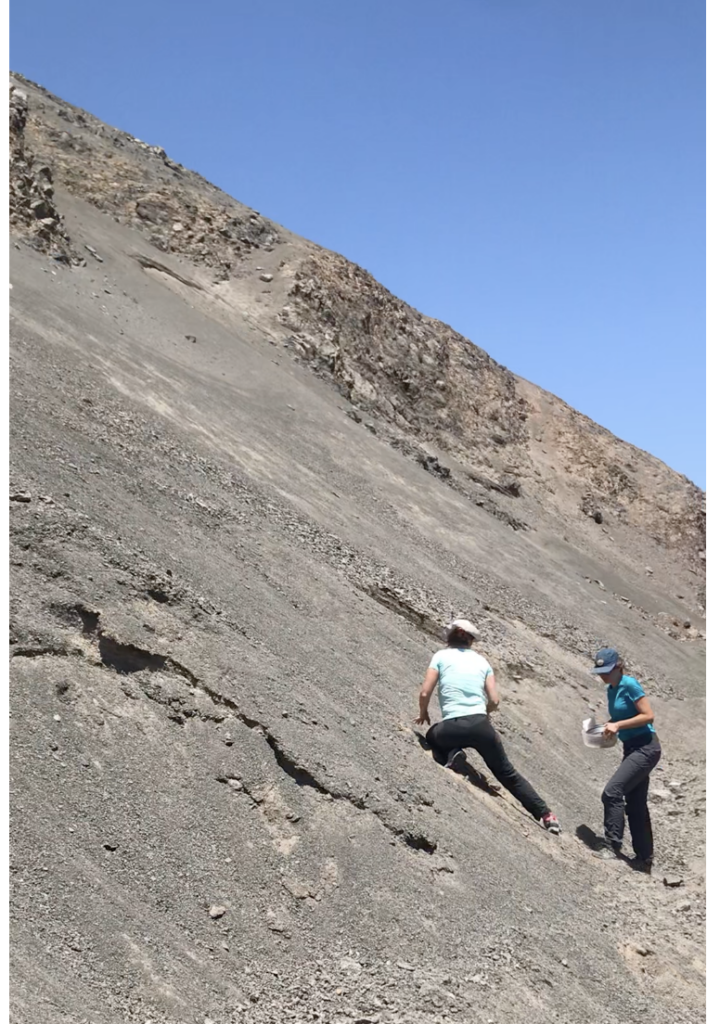
Sampling in Valensole region (France)
4-8 July 2022. Sampling valley flanks in the Valensole region for 10Be in the frame of Chloé Valenti’s PhD at GET Toulouse.
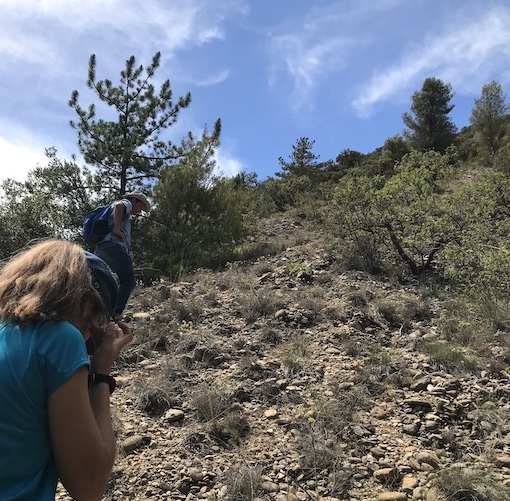
2-years post-doc position at CRPG
17 February 2022. Applications are invited for a Post-Doctoral Research Scientist position in the Tectonic, Erosion and Relief Evolution (TERE) Team of the CRPG-CNRS geosciences laboratory, at Lorraine University (Nancy), in France. The 2 years post-doctoral position aims at defining physical models of lateral and vertical fluvial erosion of bedrock and their implementation in landscape evolution model, based on experimental work in annular flumes facilities and field measurements in Himalayan rivers of Nepal.
contact jlave@crpg.cnrs-nancy.fr
Kick-off
4 February 2022. The project was launched on 4 February 2022, by video conference. Several members of the project presented their ongoing work on lateral erosion and valley widening, and the developments planned over the next 4 years. The recruitment schedule for 2 post-docs and an engineer was set.
Objectives
Establishing laws of lateral erosion of rivers on "event" and "geological" timescales
WIVA (« the width of valleys ») is a 4-year project (2022-2026) funded by the French National Research Agency (ANR). It involves three French partner laboratories, Geosciences Environnement Toulouse, Géosciences Rennes and the Centre des Recherches Pétrographiques et Géochimiques de Nancy and will provide a framework for collaboration with other traditional partners of these teams.
Although considerable progress has been made in the last 20 years on the laws governing long-term river vertical entrenchment, valley widening remains a poorly understood and modelled phenomenon. The relative effects of water discharge, coarse and fine sediments, flow variability etc. remain debated. This limits our interpretation of river terraces or pediments in terms of climate or tectonic change. It also limits our ability to model variations in terrigenous or chemical fluxes from rivers to oceans over geological time.
Establishing a law of lateral erosion is difficult because of the lack of direct measurements of short-term lateral erosion on the one hand, and on the other hand of methods that allow the quantification of long-term erosion on millennial timescales that integrate all the lateral variability of rivers. These are the challenges that the WIVA project is addressing.
Methods
The general philosophy of the project is: (i) instrumenting and measuring lateral erosion in fast-eroding rivers and conduct 1:1 scale flume experiments to establish an « event » or short-term lateral erosion law; (ii) using cosmogenic isotopes and OSL to quantify multi-millennial lateral erosion in slowly eroding valleys and analyzing the widening in small-scale model experiments to establish a long-term average lateral erosion law; (iii) establishing the link between the two time scales by implementing the short-term erosion law in a morpho-dynamic river model; (iv) implementing the long-term erosion law in a landscape evolution model to revisit the formation of terraces, pediments, the sinuosity of chain fronts, the variations in the flux of exported material, etc… .
